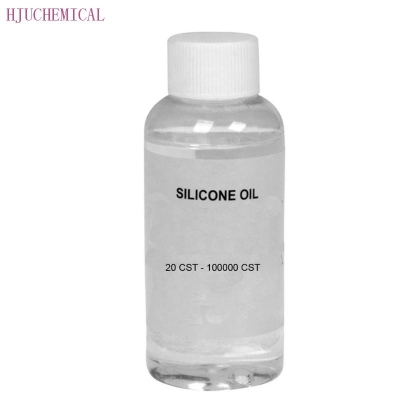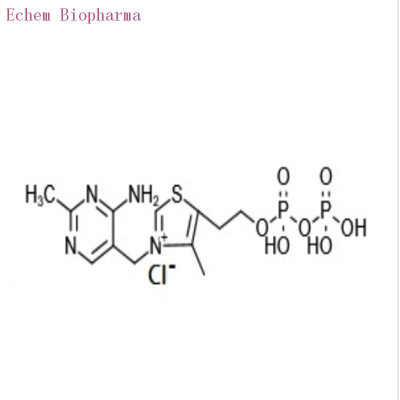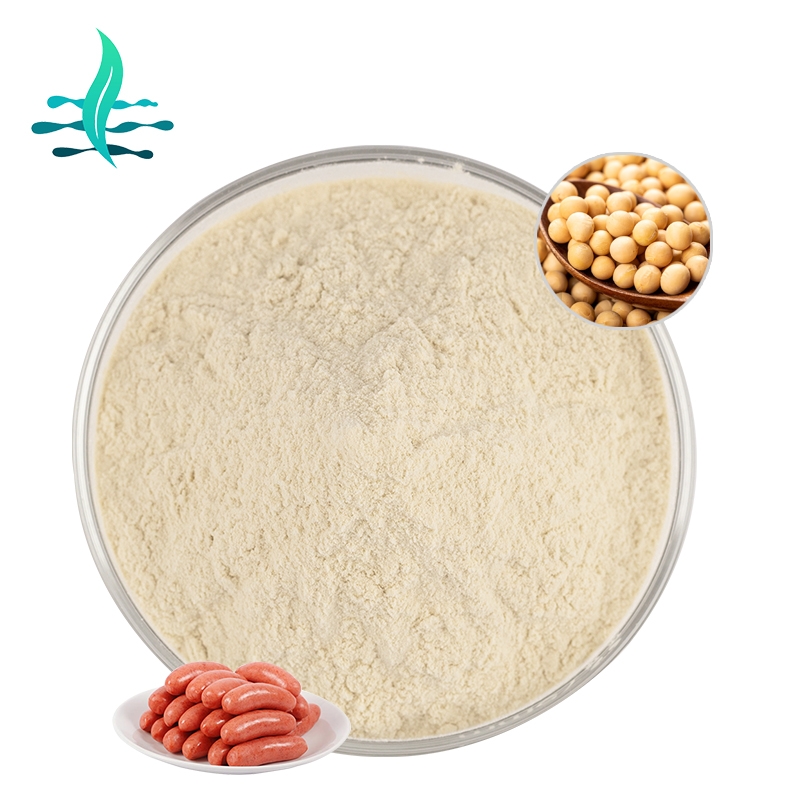-
Categories
-
Pharmaceutical Intermediates
-
Active Pharmaceutical Ingredients
-
Food Additives
- Industrial Coatings
- Agrochemicals
- Dyes and Pigments
- Surfactant
- Flavors and Fragrances
- Chemical Reagents
- Catalyst and Auxiliary
- Natural Products
- Inorganic Chemistry
-
Organic Chemistry
-
Biochemical Engineering
- Analytical Chemistry
- Cosmetic Ingredient
-
Pharmaceutical Intermediates
Promotion
ECHEMI Mall
Wholesale
Weekly Price
Exhibition
News
-
Trade Service
□ Hong Yizhi Quanzhou Food and Drug Certification and Adverse Reaction Monitoring Center
This article introduces the classification of the production license of food additives, explains in detail the main production processes and process control requirements of food additives, and combines the " National Food Safety Standard Food Additives Production General Hygiene Code" (GB 31647-2018) and years of on-site inspections Work experience, analysis of the problems existing in the on-site inspection of food additives, and put forward targeted guidance and suggestions, hoping to provide a certain reference for the future on-site inspection of food additive production licenses in Quanzhou, Fujian Province.1 The production license classification of food additives (see Table 1)
2 The main production process of food additives and their process control requirements
2.
1 The main production process of food additives2.
1.
1 Chemical reaction methods
include chemical synthesis, chemical separation, etc.
, used for the production of food additives obtained by one or several chemical reactions and related treatments between raw materials and raw materials, such as carmine, sodium benzoate, etc.
2.
1.
2 Squeezing method
A production method that collects essential oil products from plant peels by squeezing.
It is suitable for the production and processing of essential oil products that are unstable to heat, prone to oxidation, polymerization and other reactions that deteriorate essential oils, such as lemon oil, etc.
.
2.
1.
3 Distillation method
At a high temperature of 95~100℃, water vapor is directly introduced into plants or dried plants to diffuse or dissolve the aromatic components in the water, and distill out azeotropically together with the water vapor to separate the oil and water.
Obtain essential oil products, such as star anise oil, peppermint oil, cinnamon oil, rose oil and the like.
2.
1.
4 Crushing method
Choose different equipment according to product requirements, and use natural plants as raw materials to crush and process the products, such as guar gum.
2.
1.
5 The extraction method
uses the difference in solubility of each component in a solid material in a certain solvent, and selects the solvent with the greatest solubility for the required extraction components to dissolve the components to be extracted, and then separate and purify the resulting product.
This method is mainly used for the extraction of plant pigments, such as curcumin.
2.
1.
6 The physical mixing method is
the technology or process of obtaining products by mixing two or more substances in appropriate proportions through a certain method, which is suitable for the production of compound food additives, food flavors, etc.
2.
1.
7 The fermentation method
uses the metabolic activities of microorganisms to convert organic matter into products through biological catalysts (microbial cells or enzymes), such as various enzyme preparations, sodium glutamate, citric acid, lactic acid, etc.
2.
1.
8 Enzymatic method
A production method that uses enzymes as catalysts to complete various chemical reactions to obtain products, such as aspartame.
2.
2 Process control requirements for different production processes of food additives (see Table 2)
3 Food safety control requirements for different food additive production processes (see Table 3)4 Requirements for on-site inspection of food additives
4.
1 Issues to be paid attention to during on-site inspection
① The enterprise shall have food safety management personnel, professional technical personnel, operators and inspection personnel suitable for the food additives produced .
The requirements for related personnel are shown in Table 4.
In addition, companies often have the problem of "emphasizing hardware and light software", such as focusing on assessing the competence of personnel and the implementation of food safety management systems.
②Familiar with the inspection methods involved in the factory inspection items and the operation of the corresponding inspection instruments, and carefully check the trial product inspection reports (check whether the inspection items specified in the food safety standards are missing).
③ Pay special attention to whether the company strictly complies with the raw materials and processes specified in the relevant food safety standards to organize production.
④ The description of the problems found in the on-site inspection should be realistic, rigorous and specific, and truthfully reflect the existing problems on the enterprise site.
4.
2 Analysis of common problems in on-site inspection (take compound food additive manufacturers as an example)
4.
2.
1 Analysis of problems in production sites
①Part of the road in the factory is damaged on cement pavement, and local water is seen; the road leading to the raw material room on the second floor is not hardened .
This problem does not meet the environmental requirements of GB 31647-2018 on "Plant roads should be leveled and hardened to minimize the generation of dust and stagnant water".
② The ceiling of the packaging room is damaged, and the steel structure beams see dust residue, which is not easy to clean; the ground is rough and worn, and it is not easy to clean.
This question does not meet the requirements of GB 31647-2018 on "The ground, walls, doors and windows, ceilings, etc.
should be easy to maintain, clean or disinfect" for factories and workshops.
4.
2.
2 Analysis of problems in equipment and facilities
① The work clothes and personal clothes are mixed in the dressing room of the feeding room, and there is no separate storage facility for work clothes and personal clothes in the dressing room of the packing room.
This issue does not meet the personal hygiene requirements of GB 31647-2018 on "The size of the changing room and the facilities should be adapted to the number of production personnel, and to ensure that work clothes are separated from personal clothing and other items".
②When checking the feeding operation on site, it was found that dust was flying in the feeding room, and the existing exhaust fan could not meet the needs of dust removal in production.
This problem does not meet the requirements of GB 31647-2018 regarding "processing areas with dust or odors should be equipped with dust removal facilities or ventilation measures" ventilation facilities requirements.
4.
2.
3 Analysis of problems with equipment layout and process flow.
No key control point formula review process has been set up, and no work instructions or operating procedures for ingredients, mixing and mixing, packaging, sampling testing, packaging material disinfection and other processes have been formulated.
This problem does not meet the safety control requirements of GB 31647-2018 regarding "the production of compound food additives should strictly control the formula, and the corresponding process parameters should be controlled during the mixing process to ensure uniform material mixing".
4.
2.
4 Analysis of existing problems in personnel management
The person in charge of production claimed that employees in the food production and processing workshop had conducted pre-job training in March 2018, but failed to provide corresponding training and assessment records during the verification period.
This issue does not meet the health management and hygiene requirements of GB 31647-2018 on "Practitioners should receive hygiene training before taking up their jobs".
4.
2.
5 Analysis of problems in the management system The
production date of the inventory packaging bags was not seen, and the supplier’s license and product qualification certificate were not provided during the verification period.
This question does not comply with the purchase of GB 31647-2018 on "Purchasing packaging materials, containers, detergents, disinfectants and other related products should check product conformity certification documents, and related products subject to licensing management should also check the supplier's license" procurement Claim.







